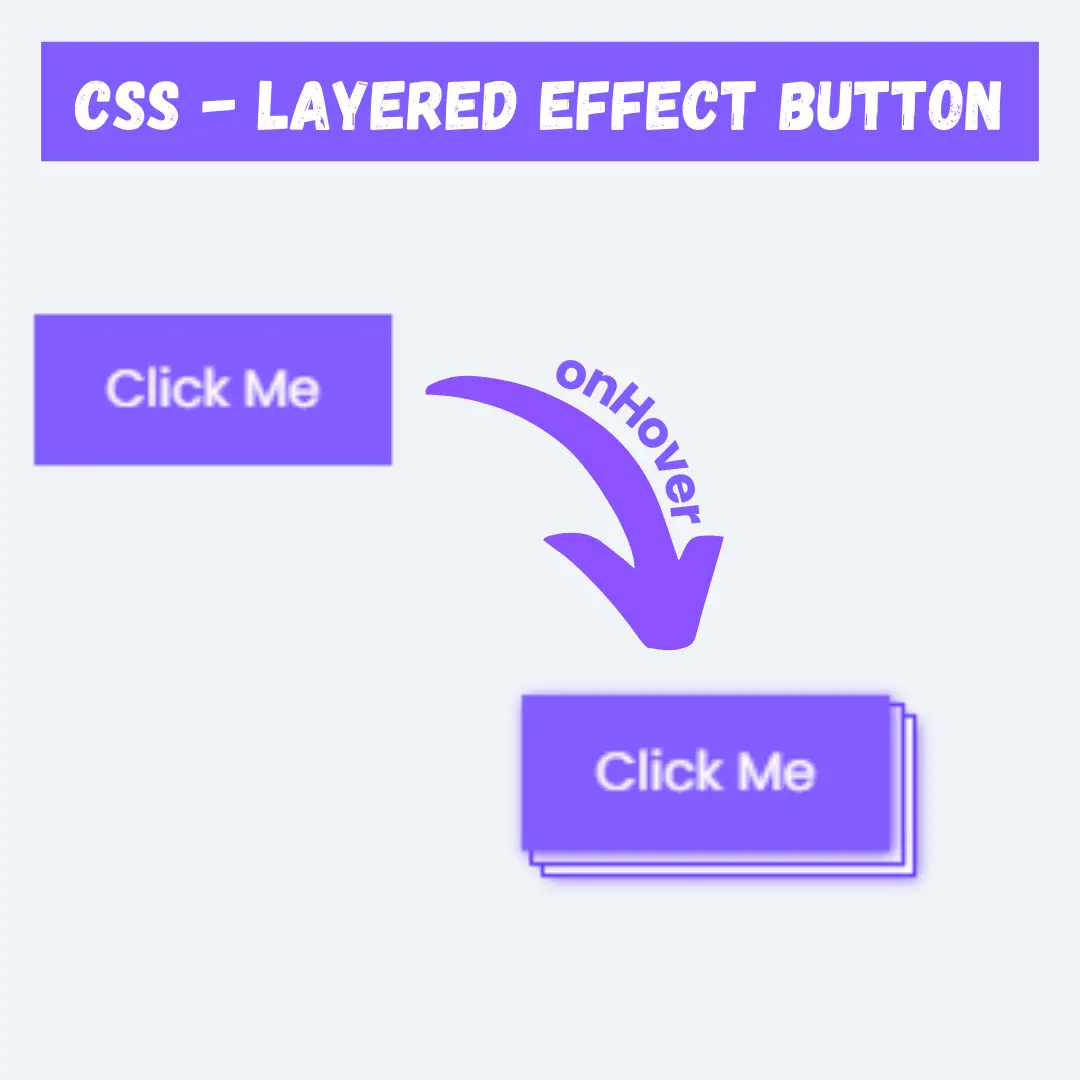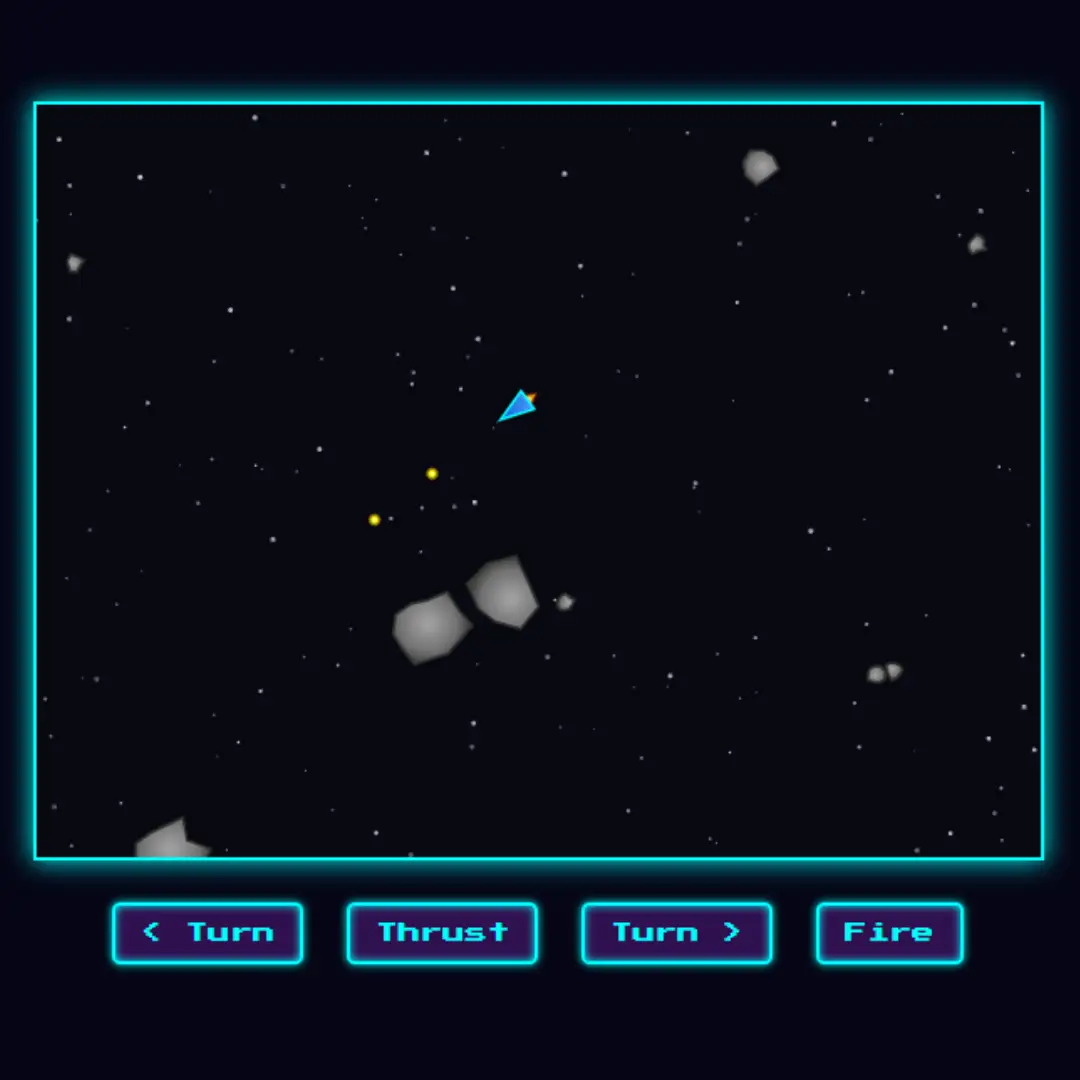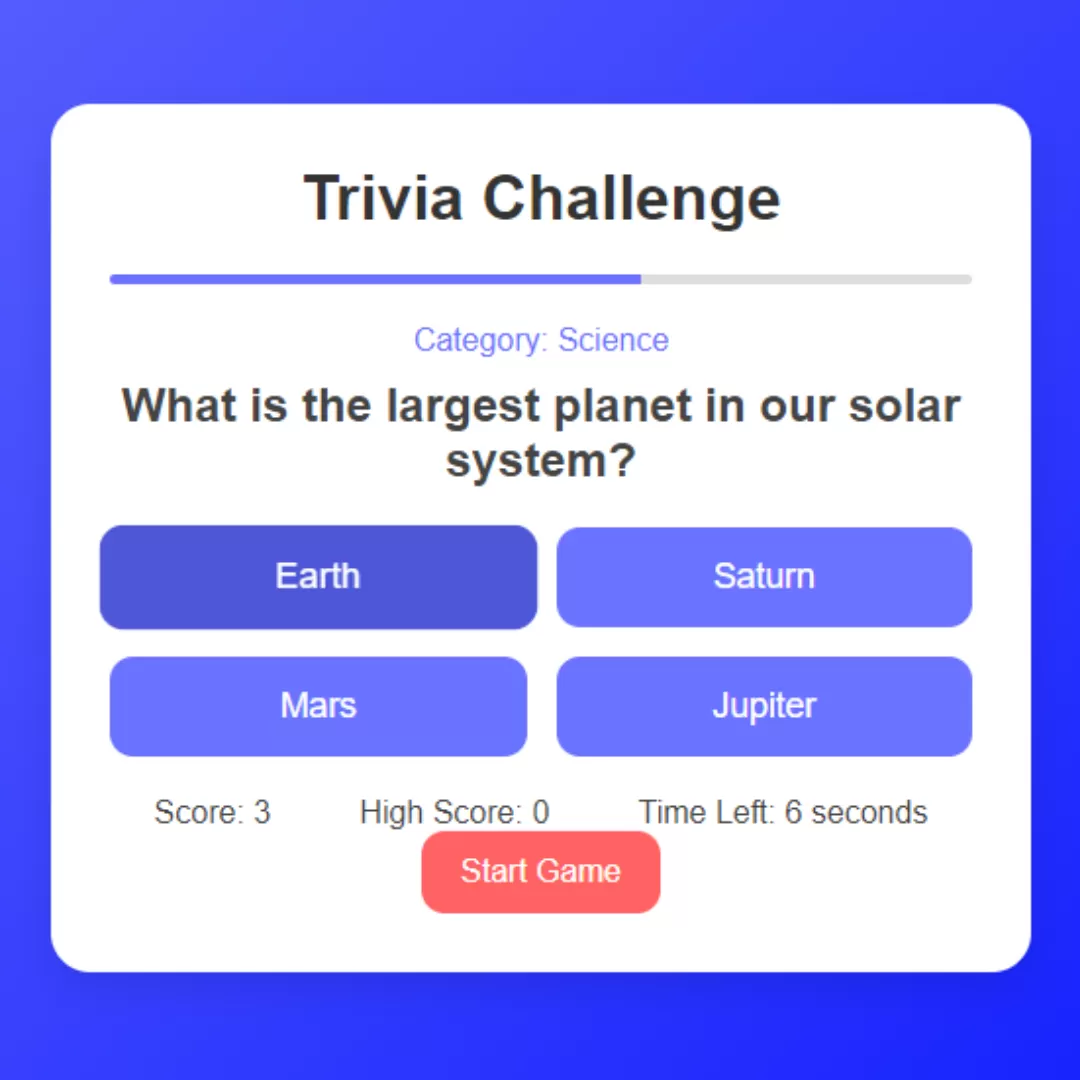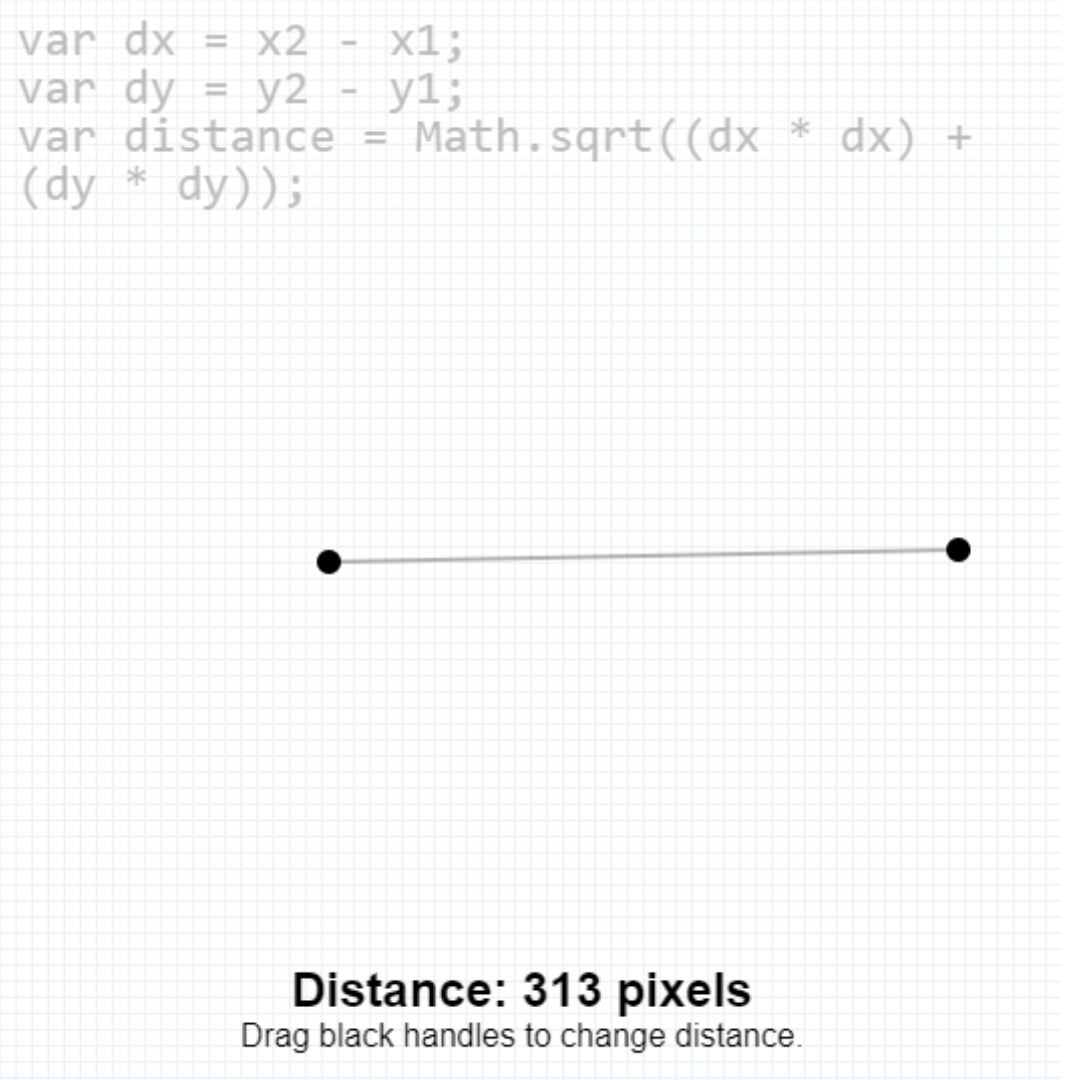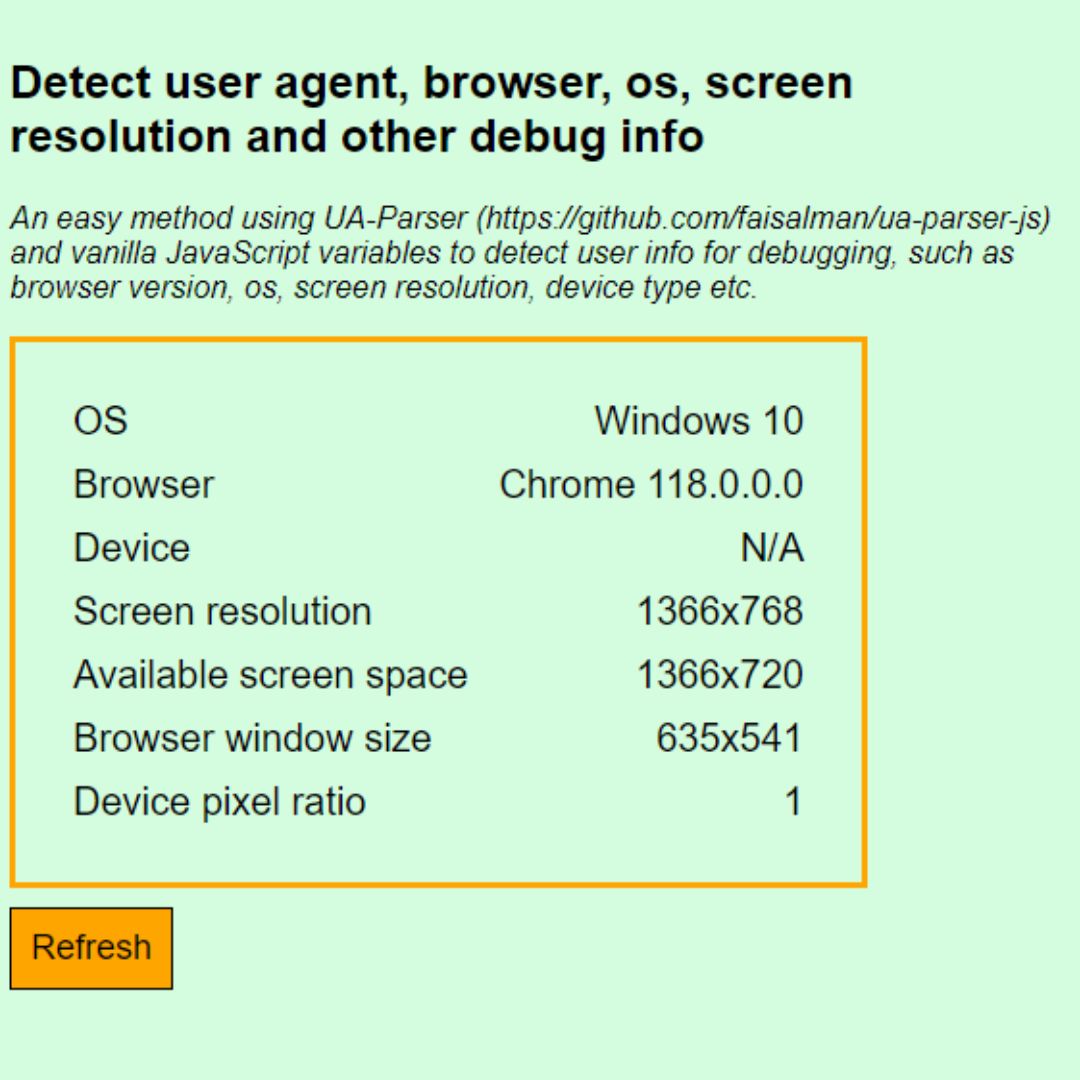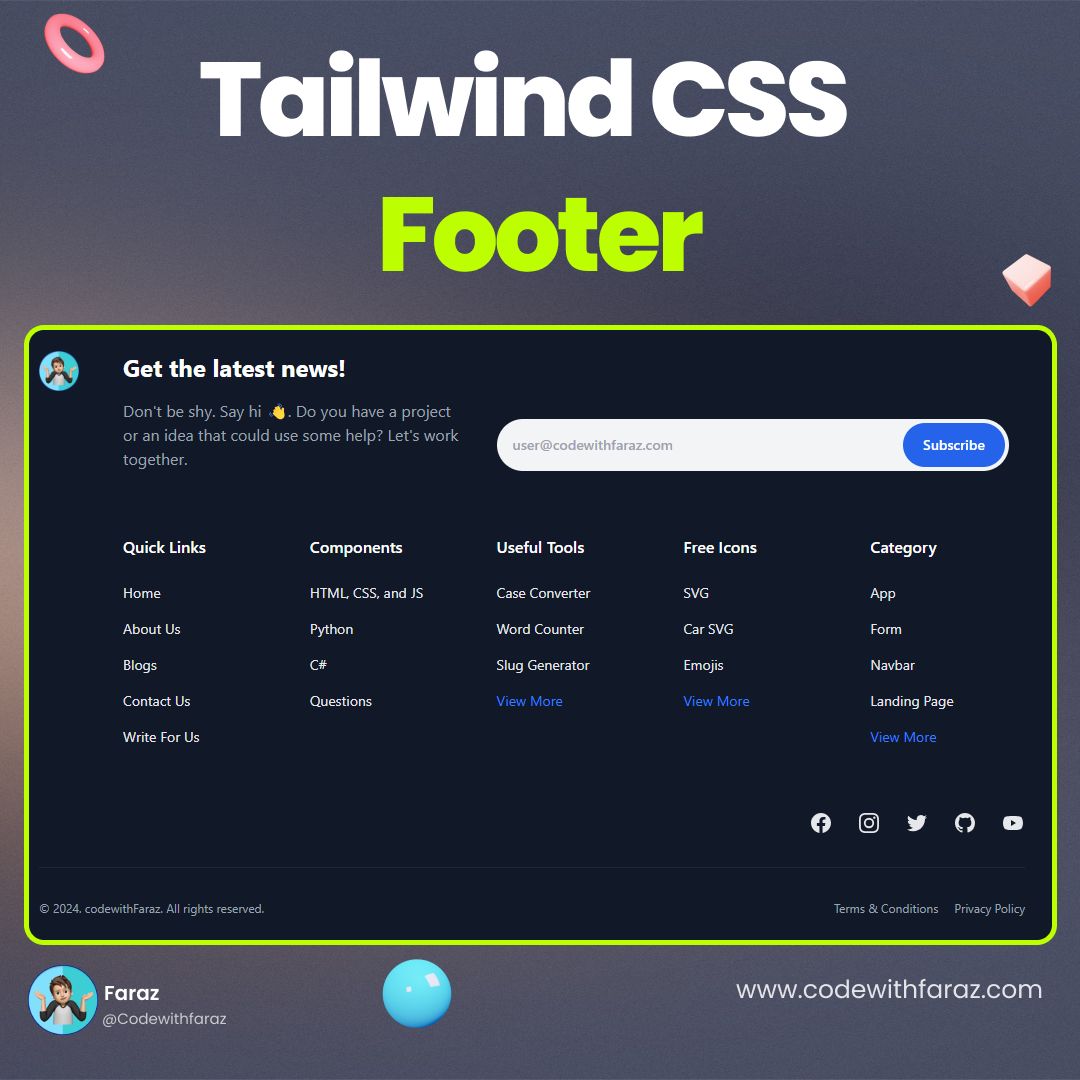With the popularity of Artificial intelligence (AI) spreading like wildfire, we have compiled a list of the top 15 Hadoop Ecosystem components that are sure to be worth mentioning.

Hadoop is an open source framework that is used for storing and processing big data. It is a distributed system that runs on a cluster of commodity hardware. Hadoop has many components, which can be divided into two categories: core components and ecosystem components.
The core components of Hadoop are the HDFS (Hadoop Distributed File System) and the MapReduce programming model. The HDFS is a scalable, fault-tolerant file system that is used to store big data. MapReduce is a programming model that is used to process big data in a parallel and distributed way.
The ecosystem components of Hadoop include tools and libraries that are used to interact with the Hadoop framework. Some of the most popular ecosystem components are Hive, Pig, and Spark. Hive is a data warehouse tool that is used to query and analyze big data. Pig is a data processing language that is used to write MapReduce programs. Spark is an in-memory computing platform that is used to process big data in real time.
In this article, we will map the top 15 Hadoop ecosystem components in 2025 and discuss their importance.
List of Top 15 Hadoop Ecosystem Components
- Hadoop Distributed File System (HDFS)
- MapReduce
- Apache Spark
- HIVE
- PIG
- YARN
- Apache Drill
- HBase
- Mahout
- Zookeeper
- Oozie
- Sqoop
- Flume
- Ambari
- Apache Solr
1. Hadoop Distributed File System (HDFS)
The Hadoop Distributed File System (HDFS) is the core component of the Hadoop ecosystem. It is a distributed file system that helps to store and process large amounts of data. HDFS is designed to be scalable and fault-tolerant. It is also very efficient in terms of storage and bandwidth usage.
HDFS is used by many other components in the Hadoop ecosystem, such as MapReduce, Hive, and Pig. It is also used by some non-Hadoop components, such as Apache Spark. HDFS is a key component of the Hadoop ecosystem and helps to make it so powerful and efficient.
2. MapReduce
MapReduce is a processing technique and programming model for handling large data sets. It is a framework for writing applications that process large amounts of data in parallel. MapReduce was originally developed by Google. It is now an open-source project that is maintained by the Apache Software Foundation.
MapReduce has two main components:
- map task: The map task reads in data and breaks it up into smaller pieces.
- reduce task: The reduce task takes the output from the map task and combines it into a single result.
MapReduce is designed to scale up to very large data sets. It can be run on a single server or on a cluster of thousands of servers.
MapReduce is a popular choice for big data applications because it is highly efficient and easy to use.
3. Apache Spark
Apache Spark is an open-source big data processing framework. It is one of the most popular Hadoop ecosystem components because it can process data much faster than other Hadoop components. Apache Spark can be used for a variety of tasks such as batch processing, real-time stream processing, machine learning, and SQL.
Some Features of Apache Spark are:
- Lightweight: Spark is lightweight and easy to use for a developer.
- Fast: Spark can handle 10x more data in-memory than MapReduce.
- Efficient: It provides fast machine-learning algorithms (such as linear regression and logistic regression).
- In-memory processing: Spark can process data much faster because it uses memory instead of disk.
- Libraries support: It supports libraries (Spark MLlib and Spark SQL) that provide statistical analysis tools such as machine learning algorithms.
4. HIVE
Hive is a data warehouse infrastructure built on top of Hadoop for providing data summarization, query, and analysis. It also supports additional features like indexing and partitioning to improve performance. Hive supports a SQL-like language called HiveQL. HiveQL is used for querying and managing data stored in relational tables and views.
You can use Hive to query the data stored in Hadoop, whether it's HDFS, LDB (HBase), or even a database like MySQL. You can also create tables using standard SQL syntax against HBase and other NoSQL databases.
The main components of the HIVE are:
- Driver: This is the main JDBC/ODBC layer that translates SQL statements into their respective formats.
- Metastore: The metastore stores all the metadata information of Hive tables and views, like table definition, types, column names, and types, etc. These tables are stored in a relational database called MySQL.
- Execution Engine: All the statements are parsed by the execution engine, which compiles them into MapReduce jobs and submits them to JobTracker for processing through MapReduce.
Hive is a very flexible framework as it support multiple datastores as well as multiple programming languages for accessing data from them. Some of the common datatypes supported by Hive are INTEGER, BIG INT, TINYINT, BIGDECIMAL, FLOAT, DOUBLE, STRING, BOOLEAN, and the list goes on. Hive supports many built-in functions like COUNT, SUM, AVG, MIN, MAX, etc which are used for aggregating data on a per-row basis.
5. PIG
Pig is a high-level data processing language that is part of the Hadoop ecosystem. Pig can be used to clean, transform, and aggregate data. It is similar to SQL in that it has a declarative syntax. However, Pig is designed specifically for large-scale data processing on Hadoop.
Pig is an open-source project that is part of the Apache Foundation. It was originally developed by Yahoo! in 2006. Pig has since become one of the most popular data processing languages for Hadoop.
Pig can be used to perform a variety of data processing tasks. For example, it can be used to clean and transform data, perform statistical analysis, and build machine learning models. Pig can also be used to process log files, social media data, and other types of big data.
The Pig platform consists of two main components: the Pig Latin language and the Pig Runtime Engine. The Pig Latin language is used to write Pig scripts. These scripts are then executed by the Pig Runtime Engine.
6. YARN
YARN is one of the top Hadoop ecosystem components. It is a resource manager that helps manage resources in a Hadoop cluster. YARN is responsible for scheduling tasks and allocating resources to them. It has a central component called the Resource Manager. The Resource Manager is responsible for managing resources in the cluster. YARN also has a Node Manager component that runs on each node in the cluster. The Node Manager is responsible for managing resources on each node.
YARN provides many benefits over the older MapReduce framework. It is more scalable and can handle more tasks simultaneously. YARN also provides better performance and uses less memory than MapReduce.
7. Apache Drill
Apache Drill is an open-source SQL query engine that can handle large-scale data. It is designed to be scalable and easy to use. Drill supports a variety of data formats, including JSON, CSV, and Parquet. It can be used with Hadoop, Spark, or other big data platforms.
Main features of Apache Drill:
- Support for JSON, CSV, Apache Avro, Apache Parquet, and other data formats.
- SQL AND non-SQL queries on any data in your cluster.
- Runs standard SQL queries, the full range of ANSI SQL-92 or -99 compliant with extensions.
- Supports the execution of Hive and Pig scripts (using the Beeline client).
- Support for user-defined functions and operators.
- Create a single index that works across multiple types of data.
- Support for data sources not based on files, such as Amazon S3.
8. HBase
HBase is a column-oriented database management system that runs on top of HDFS. It is used for storing large amounts of data that need to be processed quickly. HBase is designed to provide quick access to data in HDFS. It is also used for large datasets where a system needs to ensure a high throughput and massive scalability.
HBase provides row-level access to data stored on disks. HBase is a distributed database. It can be run in a cluster of machines. HBase requires the Zookeeper to coordinate the actions between the system components.
9. Mahout
Mahout is a machine-learning library that is often used in conjunction with Hadoop. It provides algorithms for clustering, classification, and recommendation. Mahout is written in Java and is open-source.
10. Zookeeper
Zookeeper is a critical component of the Hadoop ecosystem. It is responsible for maintaining the state of the distributed system and providing a centralized configuration service. It also helps to coordinate the activities of the various components in the system.
Without Zookeeper, it would be very difficult to manage a Hadoop cluster effectively. It ensures that the different components in the system are always in sync and that the configuration is consistent across all nodes.
Zookeeper is a highly available and scalable system that can handle large numbers of requests without any problems. It is an essential part of any Hadoop deployment.
11. Oozie
Oozie is a workflow scheduler system for Hadoop. It is used to manage Apache Hadoop jobs. Oozie Workflow jobs are Directed Acyclic Graphs (DAGs) of actions. Oozie Coordinator jobs are recurring Oozie Workflow jobs triggered by time (frequency) and data availability.
Oozie is integrated with the Hadoop stack, with YARN as its architectural center, making it easy to include MapReduce, Pig, and Hive as part of complex data pipelines.
Oozie also supports Hbase Actions and Sqoop Actions out of the box provides developers a powerful tool to build data pipelines to ingest data from relational databases into HDFS, process it using MapReduce or Pig, and finally load it into HBase or Hive for reporting and analytics. Oozie is currently deployed in production by many companies including Twitter, LinkedIn, Adobe, and Netflix. Oozie can be used in conjunction with Apache Hadoop MapReduce Framework and Apache Hive to execute complex data analysis using the most relevant tools for a given problem.
Here are some important features of “Apache Oozie”:
- A workflow scheduler that supports complex schedules and long-running jobs
- A coordinator for coordinating multiple jobs together into a workflow
- A system for monitoring the status of running workflows and jobs
- An administration interface for managing Oozie’s server configuration and user permissions; polling, metrics, configuration management services; HTTP/REST interfaces.
12. Sqoop
Sqoop is a tool that enables users to transfer data between Hadoop and relational databases. It can be used to import data from a relational database into Hadoop, or to export data from Hadoop to a relational database.
Sqoop is designed to work with large amounts of data, and it is efficient at transferring data between Hadoop and relational databases.
13. Flume
Flume is a tool for collecting and aggregating data from various sources. It has a simple and flexible architecture that allows for easy integration with other tools in the Hadoop ecosystem. Flume is used to collect data from log files, social media, and other sources. It can then be used to process and analyze this data.
The most common use of Flume is to move log data from servers to a Hadoop cluster.
14. Ambari
Ambari provides an easy-to-use web interface for managing Hadoop clusters. It can be used to provision, monitor, and manage Hadoop clusters. Ambari also provides a REST API that can be used to manage Hadoop clusters from any programming language.
15. Apache Solr
Apache Solr is a powerful search engine that can be used to index and search data stored in HDFS.
Apache Solr is a highly scalable, fast and enterprise search server. It is built on top of Lucene to provide indexing and full-text search capabilities. Solr also provides advanced features such as faceted search, hit highlighting, result clustering, analytics integration, and rich document handling. You can use Apache Solr instead of HBase for searching data in large HDFS datasets.
Conclusion
In this article, we have looked at the top Hadoop ecosystem components that are essential for every Apache Hadoop implementation. We have also briefly looked at each component's role in the Hadoop ecosystem. By understanding these components and their purpose, you will be able to select the right tools and technologies for your specific big data processing needs.
That’s a wrap!
Thank you for taking the time to read this article! I hope you found it informative and enjoyable. If you did, please consider sharing it with your friends and followers. Your support helps me continue creating content like this.
Stay updated with our latest content by signing up for our email newsletter! Be the first to know about new articles and exciting updates directly in your inbox. Don't miss out—subscribe today!
If you'd like to support my work directly, you can buy me a coffee . Your generosity is greatly appreciated and helps me keep bringing you high-quality articles.
Thanks!
Faraz 😊










